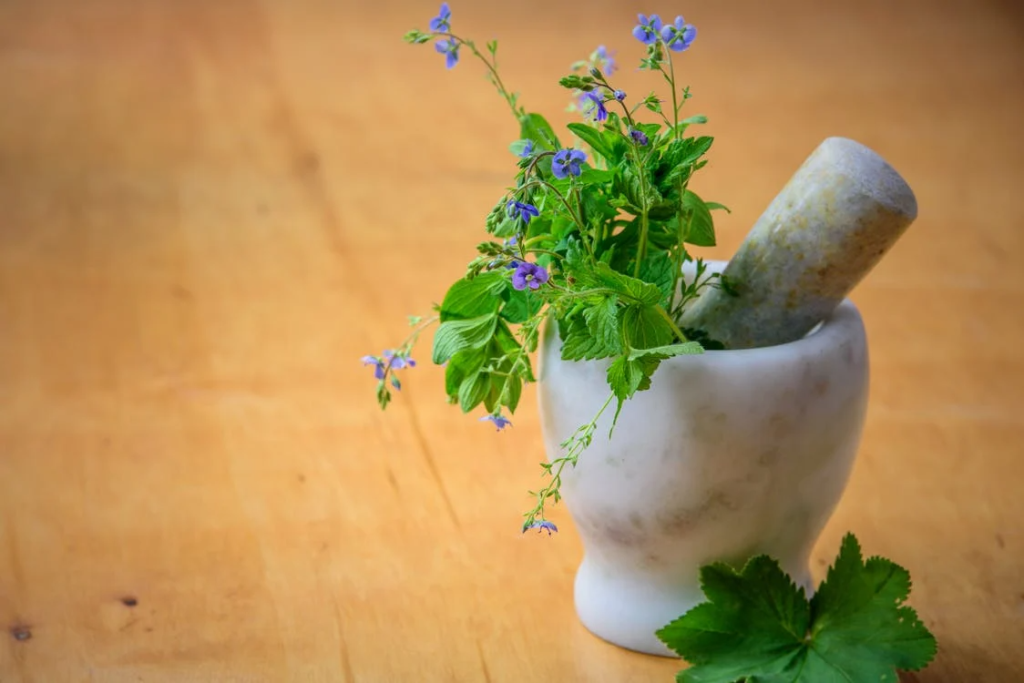
Headaches have a way of stealing the horizon. They narrow your focus, dull your senses, and leave you stuck in your head in all the wrong ways. And while the occasional headache is a familiar nuisance for most, recurring stress or tension headaches can start to shape your days around their rhythm—what you can and can’t do, how long you can work, how much noise or light you can handle.
The conventional approach often involves over-the-counter medications, which can certainly help in the short term. But many people—especially those trying to live more in tune with their bodies—find themselves asking: Is there a gentler way out?
The answer is yes. And like many healing paths, it starts by understanding the landscape.
1. Not All Headaches Are the Same
Before diving into remedies, it helps to clarify what kind of headache you’re dealing with. Migraines, for instance, are neurological events often tied to hormonal shifts, diet, or overstimulation. They tend to come with light sensitivity, nausea, and a throbbing pain that doesn’t respond well to pressure.
CoQ10, or coenzyme Q10, has shown real promise here. It’s a naturally occurring compound your body uses to help produce energy at the cellular level—and it seems to support mitochondrial health in ways that reduce the frequency and severity of migraines for some people.
But for tension and stress headaches, which are far more common, the approach is different. These often feel like a tight band around the head, or a dull ache that creeps in after a long day, poor posture, dehydration, or mental overload. They’re a whisper from your body saying, “Too much.”
2. Supporting the Body, Easing the Mind
Tension headaches are where natural approaches shine. Unlike pharmaceuticals, they work with your body’s existing systems rather than overriding them. Here’s where to start:
- Magnesium: This mineral plays a key role in muscle relaxation and nerve regulation. Many people are mildly deficient without realizing it. Supplementing can reduce frequency and intensity of stress-related headaches.
- Hydration: Often overlooked, dehydration is a common trigger. Add a pinch of sea salt or use an electrolyte blend to help your body actually absorb the water you drink.
- Heat or cold compresses: A warm compress on the neck and shoulders can release physical tension, while a cool cloth on the forehead may soothe overstimulation.
- Breathwork or body scanning: Bringing awareness to where you’re holding tension—especially the jaw, temples, or shoulders—can make a surprising difference.
And yes, CoQ10 still has a place here. While it’s best known for migraine support, its role in energy metabolism can improve overall resilience—especially when stress is chronic or compounded by poor sleep.

3. When Daily Life Requires More Than One Fix
Sometimes, even with a smart routine and natural supports, life hits harder than your nervous system can handle. That’s when a comprehensive formula can help fill the gaps. I’ve come across a lot of “natural” supplements that overpromise and underdeliver—but Formula 1 by CM² deserves mention here.
It wasn’t designed specifically for headaches, but its blend of bioavailable magnesium, B vitamins, and cellular support nutrients touches many of the systems involved in tension relief: the nervous system, adrenal regulation, and oxidative stress. It’s the kind of thing that, if you’re already prone to stress-induced symptoms, can shift your baseline enough that the headaches just… stop showing up so often.
I didn’t expect much from it, to be honest. But after giving it a fair trial during a period of heavy workload and poor sleep, I was quietly impressed. It doesn’t feel like a jolt—it feels like margin. And sometimes, that’s all you need.

4. Don’t Wait for the Ache to Listen
One of the gifts of working with tension headaches is that they teach you how to listen sooner. They’re usually not a mystery. They’re a message. From your posture, your boundaries, your breathing, your calendar.
- Stretch your neck and shoulders every couple of hours.
- Step outside, even if just for five minutes.
- Say no before your body does it for you.
And when your body needs more, reach for the tools that support rather than suppress. Whether that’s CoQ10, a cold cloth, a better hydration routine, or a formula that covers the bases—all of it counts.
Freedom from headaches doesn’t always come in a flash. But over time, with the right mix of awareness and support, the skies do clear. And when they do, it’s easier to live the way your clearest self always meant to.






